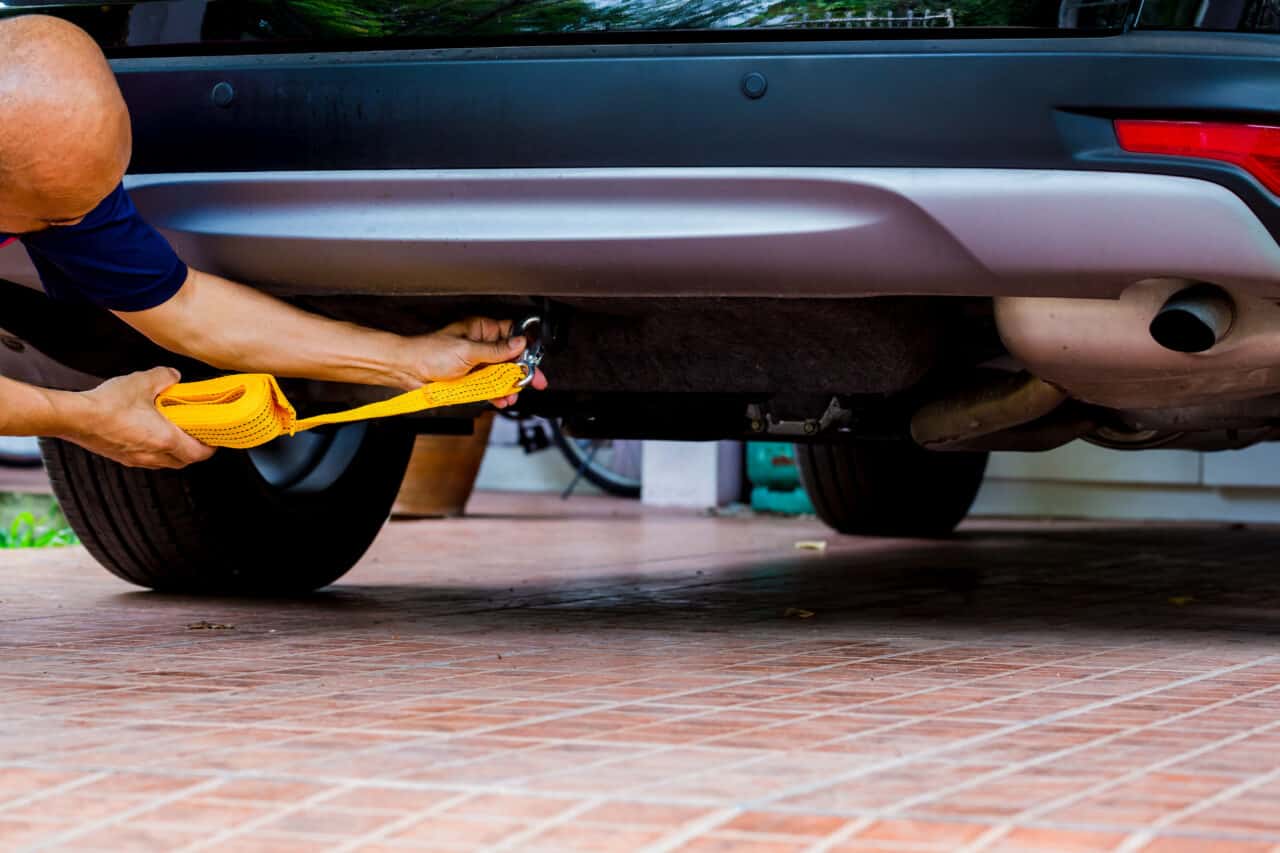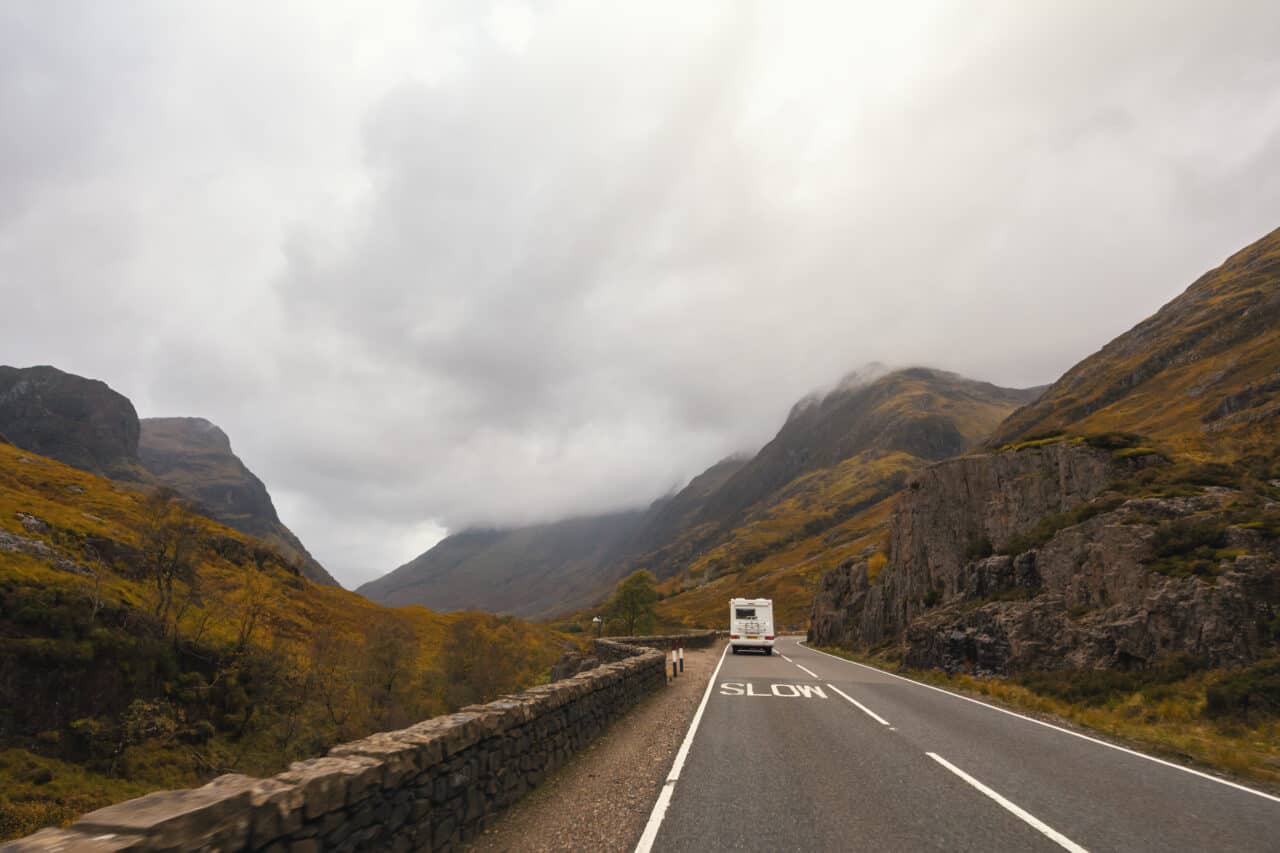What Lincoln Can be Flat Towed?

It is always nice when you can drive your RV off into the great unknown with your car trailing behind. However, is it possible to tow a Lincoln of any kind? Let’s find out.
Lincoln models such as the MKX and the Navigator can be flat towed. However, keep in mind that there are different methods of flat towing for these cars depending on the drive (AWD, 4WD, FWD, etc.), the model, and the trim. You can consult your owner’s manual for specific instructions.
Now that you know some of the Lincoln models that can be towed, you are probably wondering how to tow them and what equipment you will need. Here is what you need to know!
The MKX
As mentioned above, the MKX can be towed, but you might have to tow it differently based on the model year and trim, plus the type of drive it has, whether that’s 4WD or FWD. Here are a few tips on how to flat tow accordingly!
Four-Wheel Drive
Flat towing a car with 4WD is not usually a good idea. This is primarily because towing your 4WD vehicle is much easier and more convenient with a flatbed truck. Towing a 4WD vehicle the wrong way could potentially damage the car’s drivetrain, transfer case, or transmission. For that reason, flatbed trucks are usually a safer way to go.
All you have to do is put the transfer case and transmission into neutral and put the car onto the bed. Piece of cake! Unfortunately, flatbeds are not always financially or economically favorable for some people. If an RV is your only option, you will still need a tow trailer. None of the wheels can be touching the ground! Again, the guidelines and rules differ somewhat between models. To learn your vehicle’s specific needs and requirements, you will be best off giving your owner’s manual a thorough readthrough.
Front-Wheel Drive
Thankfully, towing FWD cars is much easier! You have the option of either towing with all four wheels on the ground, or you can tow with two wheels on the ground and two wheels up with a tow dolly (though several people prefer not to use a dolly, it is still a good option!) Bear in mind that because of uneven weight distribution, FWD vehicles might be a bit more sensitive. Because of this, it is not advisable to travel extremely far while towing any kind of FWD car.
After you have hitched the car up to your RV, release the parking brake and slide the transmission lever into neutral. Place the ignition in the accessory position, then start the engine up. You ought to let it run for about five minutes at the beginning of each day and before you leave each fuel stop. You should not exceed 65 MPH (or 105 KM) while driving; you do not want to put unnecessary strain on your vehicle.
All-Wheel-Drive
Before anything else is said, you have to know that towing an AWD vehicle with a tow dolly (in other words, with the front wheels up) is a BAD IDEA! Because every wheel is a drive wheel, you could damage the AWD system by putting all the weight and strain on only the rear tires.
Towing an AWD vehicle has pretty much the same requirements as towing FWD vehicles. Release the parking brake, put the transfer lever into neutral, start it up, and let it run for a bit before leaving. You can tow a car with AWD farther distances than a car with FWD unless it is older or in poor condition. Again, reading your owner’s manual will help you determine what your car can and cannot handle.

The Navigator
Just as with the MKX, the Navigator must be towed with its various drive layouts in mind (AWD, 4WD, FWD). The guidelines are similar enough to the MKX that it should not be too difficult to figure out. Once you have figured out how to put your Navigator into tow mode, the rest of the towing process is fairly straightforward. Here are some basic instructions.
To learn how to hitch your vehicle up properly, consult your owner’s manual. It will contain any specific guidelines and instructions for your specific model. Next, you need to set your car to flat tow mode, which might also be referred to as Recreational Tow or Neutral Tow.
To begin, push the brake pedal, start the engine, and confirm that your car is currently in normal mode. Next, put the transmission in Stay In Neutral mode. Your information display will then prompt you to push the manual button, and inform you that Stay in Neutral mode has been engaged. You will need to turn off the engine by pressing the stop/start button, then put the car in accessory mode by pressing start/stop without holding down the brake pedal.
Once you have pushed the button, hold the brake down, and configure your tow settings on the information display. Enter advanced settings, select vehicle, then select neutral tow. Finally, press and hold the OK button until a message pops up saying Neutral Tow enabled. Make sure you leave the transmission in neutral. Once you have done this, you can follow the same varying towing rules as with the MKX.
Towing Safely

Finally, you’ve got your car into tow mode and you’re hitched up and ready to go! The last thing you ought to consider is the safety of both you and your vehicle while towing. Flat towing can be a bit riskier than other types of towing. This is primarily because typically all four wheels are on the ground and with no driver in the driver’s seat, the wheels can sometimes turn. If that were to happen, it could do irreparable damage to your vehicle. To have a positive flat towing experience, you might want to consider the following.
You should familiarize yourself with the towing laws in your area. Because they vary from state to state, you’ll want to make sure you are doing things by the book. This will help you avoid being pulled over and taking up unnecessary time. The obvious next step is to be sure your towing equipment (tow dollies, cables, etc.) are all in good shape—the last thing you need is for your car to suddenly come loose while you’re on the road.
Finally, be sure your RV is rightly equipped to pull your car’s weight. You don’t want to put unhealthy/unnecessary strain on your RV either. That could also be damaging to it and cause it to die sooner than it might have otherwise.
